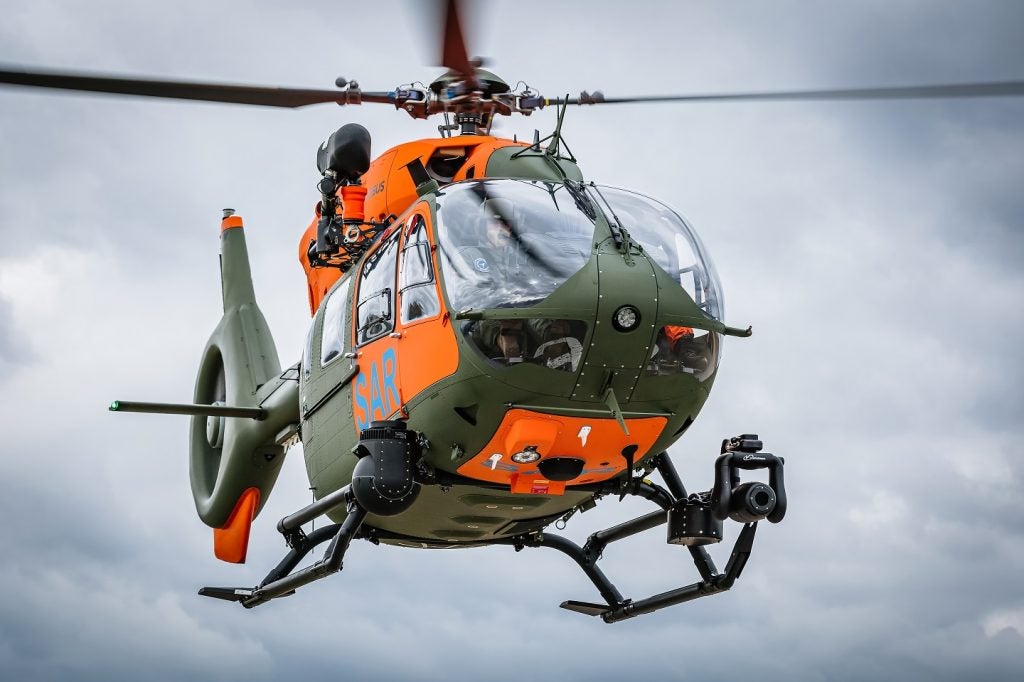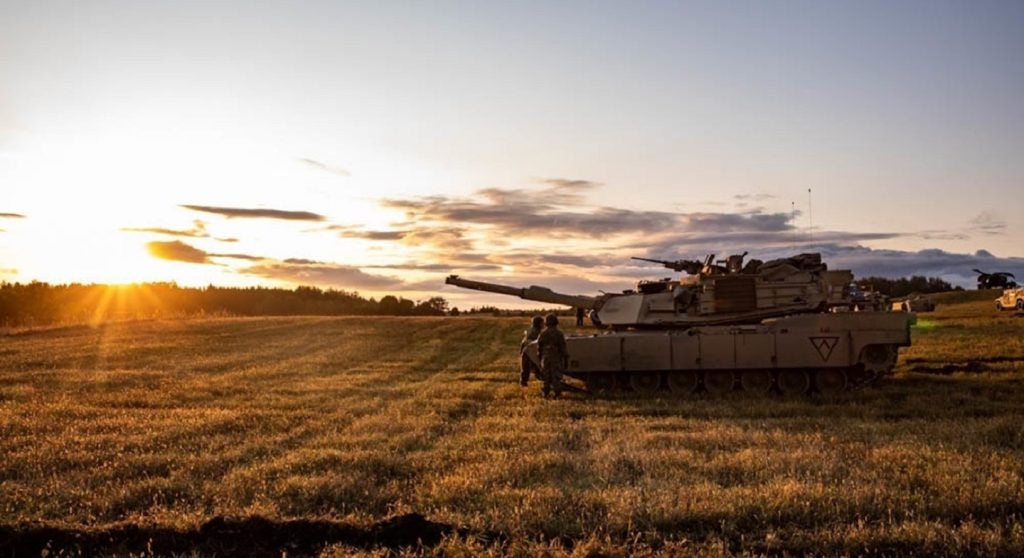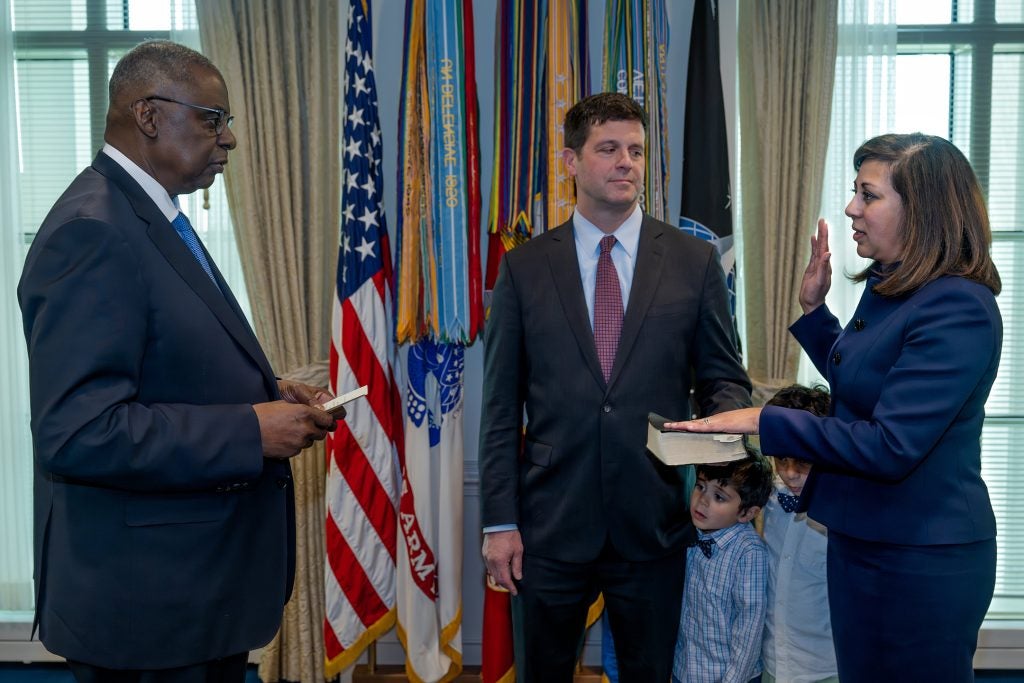Just because an aircraft is old doesn’t mean that it’s beyond a role in today’s ever-more sophisticated military missions. In fact, the Lockheed Martin P-3s flying with the Royal Australian Air Force (RAAF) over Iraq have taken over a whole new role and have seemingly successfully mixed an old platform with new technology to become a cutting edge in detecting threats and improvised explosive devices (IEDs).
First introduced into the US Air Force (USAAF) in the 1960s, the P-3 Orion or AP-3C Orion as it’s known with the RAAF, is a former frontline detection and weapons platform from the cold-war era.
Considering that its first flight was in 1958, it’s unusual for a platform, albeit an updated one, to have a significant front-line role in today’s military operations.
THE ORION TEST OF TIME
According to political risk analyst Gavin Greenwood, there are three principle reasons why the AP-3C Orion remains in service. First the Orion’s anti-submarine and related maritime missions were radically reduced in the post-Cold War era.
“The aircraft, mainly operated by navies, became a burden on the budget as their roles diminished, especially in the US into a melange of missions ranging from anti-drugs patrols to fisheries protection,” Greenwood says. “The aircraft became weaponised for land warfare in the Balkans during the 1990s, releasing fresh funds and an additional combat role for the US Navy.”
How well do you really know your competitors?
Access the most comprehensive Company Profiles on the market, powered by GlobalData. Save hours of research. Gain competitive edge.

Thank you!
Your download email will arrive shortly
Not ready to buy yet? Download a free sample
We are confident about the unique quality of our Company Profiles. However, we want you to make the most beneficial decision for your business, so we offer a free sample that you can download by submitting the below form
By GlobalDataSecond, the Orion’s endurance is considerable and as a turboprop the aircraft is relatively cheap to operate and can be operated, when necessary, from forward bases either unsuited or damaging to jet aircraft. With budgets in mind the AP-3C Orion’s endurance and versatility is very useful – the aircraft has an operating range of over 3,000km. That’s around 16 hours’ worth of flight time.
“The Orion’s decades of service eases the task of operating and maintaining the aircraft even in unfamiliar roles and environments,” Greenwood says.
ORIONS IN IRAQ
As insurgents make use of available technology, such as mobile phones to detonate IEDs to attack coalition forces in Iraq, the AP-3C Orions flying from their base in the Middle East spend around 60% of the time flying overland missions and 40% on maritime work. Equipped with electro-optical sensors, the Orions escort convoys in Iraq and warn of anything suspicious.
Whilst the operational aspect of the AP-3Cs role remains classified we can get some insight into the aircraft’s role gleaned from a media briefing to Australian journalists with AP-3C Orion task group commander Wing Commander Warren McDonald. McDonald illustrates the ongoing developmental role of the AP-3C and confirms that the role is very much interlinked with what the US is doing along the same lines.
“We obviously swap ideas and discuss quite heavily with them with respect to their tactics and procedures,” McDonald says. “The shift away from the maritime has most definitely been something that has transpired in the early part of 2000. We’re now moving away from maritime operations and being seen to be contributing overland. [The technology] first started off with voice communications, and then relaying what we’re seeing through the electro optics and then we picked up a system that could send still images very similar to how you send a mobile phone camera image.”
McDonald says the APC-3C crew performs first-level analysis, filtering out what does not need to be known, before informing the commander on the ground. “One of the important things to know is what the commander can’t see. Perhaps he’s in a built up area or going into a house perhaps of interest. And, are there any vehicles there?” McDonald said. “If there are no vehicles there that’s important to the commander because that could give him an insight into how the personnel in there may take an exit.”
IN WITH THE NEW
New procedures are making the detection process quicker and more efficient for the AB-3C according to McDonald.
“Now we’re moving into tactical common data link, which will provide video streaming in near real time, there’s only a very short delay. That then allows the commander in a more kinetic or active sense to get a very good view, without having to worry about the relay so he, himself, can make a value judgement,” McDonald says.
Asked if he could illustrate the effectiveness of the APC-3C in terms of actual results in Iraq, McDonald supplied what information he could without delving into specific operational matters.
“There have been a few cases where the Orions have picked up IEDs on the ground, which have obviously been relayed immediately,” he says. “[In general] the contribution that we make to the coalition is that we also go ahead of convoys and provide them safe passage. By itself the eye in the sky – the P3 – provides a deterrent to those people who may wish to engage in those activities.”
Should the Orion’s suspicions be aroused on convoy support duty, the response is swift. The P3 that picks up anything on the ground of suspicious or unusual activity will report it immediately to the convoy. They have a quick reaction force which will go out and investigate,” McDonald says.
There have been occasions when the Australian Orions have tracked specific vehicles and personnel during operations in Iraq. “[It is at a] relatively high altitude that we operate the P3 at,” McDonald says. “It all depends on the atmospheric conditions of the day and the performance of the aircraft, depending on weight.”
As for the technology, that’s under wraps for now although Greenwood did speculate that the sensors will rely on interception of telecoms signals associated with the use of cell phones as IED triggers to detect disturbed ground or anomalous objects. It’s ironic that one of the icons of the decade, the mobile phone, can have its technology turned to such deadly uses and that its signal detection is of now such importance to coalition forces operating in and over Iraq, and the future use of the Orion AP-3C in Air Force defence.






